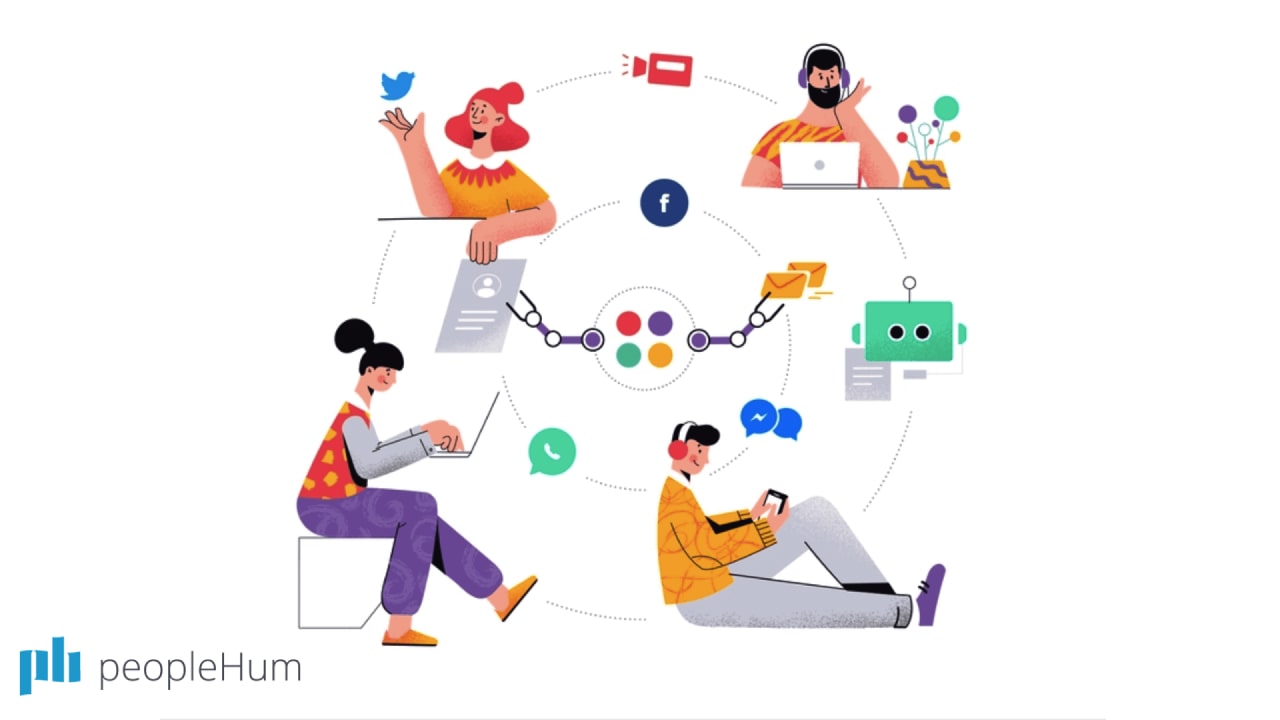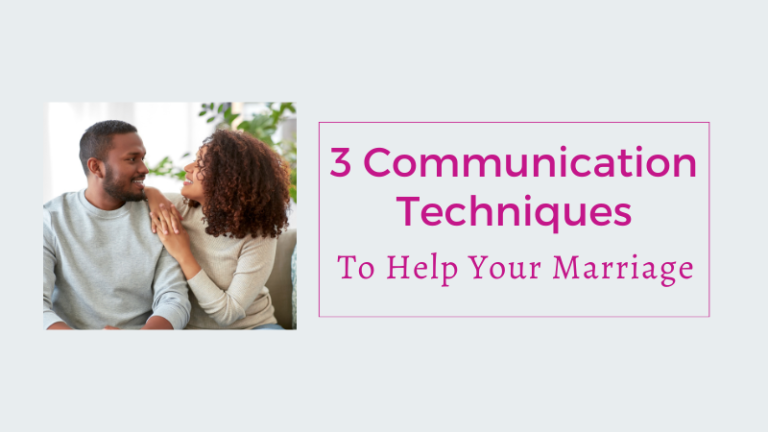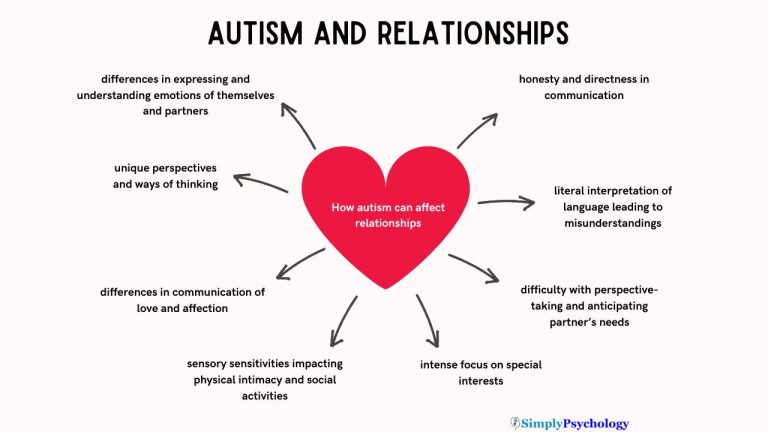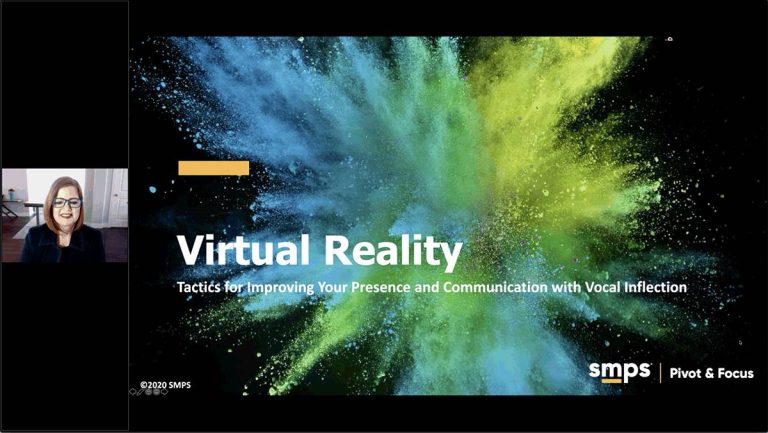How to Overcome the Communication Gap?
To overcome the communication gap, it is important to actively listen and promote open dialogue among all parties involved. A lack of effective communication can lead to misunderstandings and conflicts, but by encouraging clear and concise communication, individuals can bridge the gap and foster stronger relationships.
This can be done by using inclusive language, asking for clarification when needed, and being mindful of non-verbal cues. Building trust and respect within a team or relationship is crucial for effective communication. By implementing these strategies, individuals can overcome the communication gap and establish stronger connections based on understanding and openness.
Understanding The Communication Gap
Communication is the cornerstone of effective relationships, both personal and professional. However, sometimes a gap can occur, hindering effective communication. Understanding this gap is crucial in order to bridge it and enhance communication. In this blog post, we will explore the causes, impact, and symptoms of the communication gap, providing you with valuable insights to overcome it.
Identifying The Causes Of Communication Gap
The communication gap can stem from various factors. Let’s delve into some of the most common causes:
- Misunderstandings due to cultural differences
- Lack of clarity in expressing thoughts and ideas
- Language barriers
- Poor listening skills
- Technological disruptions
Exploring The Impact Of Communication Gap
The consequences of a communication gap can be far-reaching and detrimental. Here are a few examples:
- Decreased productivity and efficiency in the workplace
- Strained relationships among team members
- Missed opportunities for collaboration
- Increased conflicts and misunderstandings
- Lowered customer satisfaction and loyalty
Recognizing The Symptoms Of Communication Gap
In order to overcome the communication gap, it is important to be able to identify the signs that indicate its presence. Some common symptoms include:
- Repeated misunderstandings or confusion
- Delayed or incomplete information sharing
- Visible tension or discomfort during conversations
- Excessive reliance on written communication rather than face-to-face interaction
- Frequent repetition of instructions or requests
By recognizing these symptoms, you can take proactive steps to bridge the communication gap and foster better understanding and collaboration.
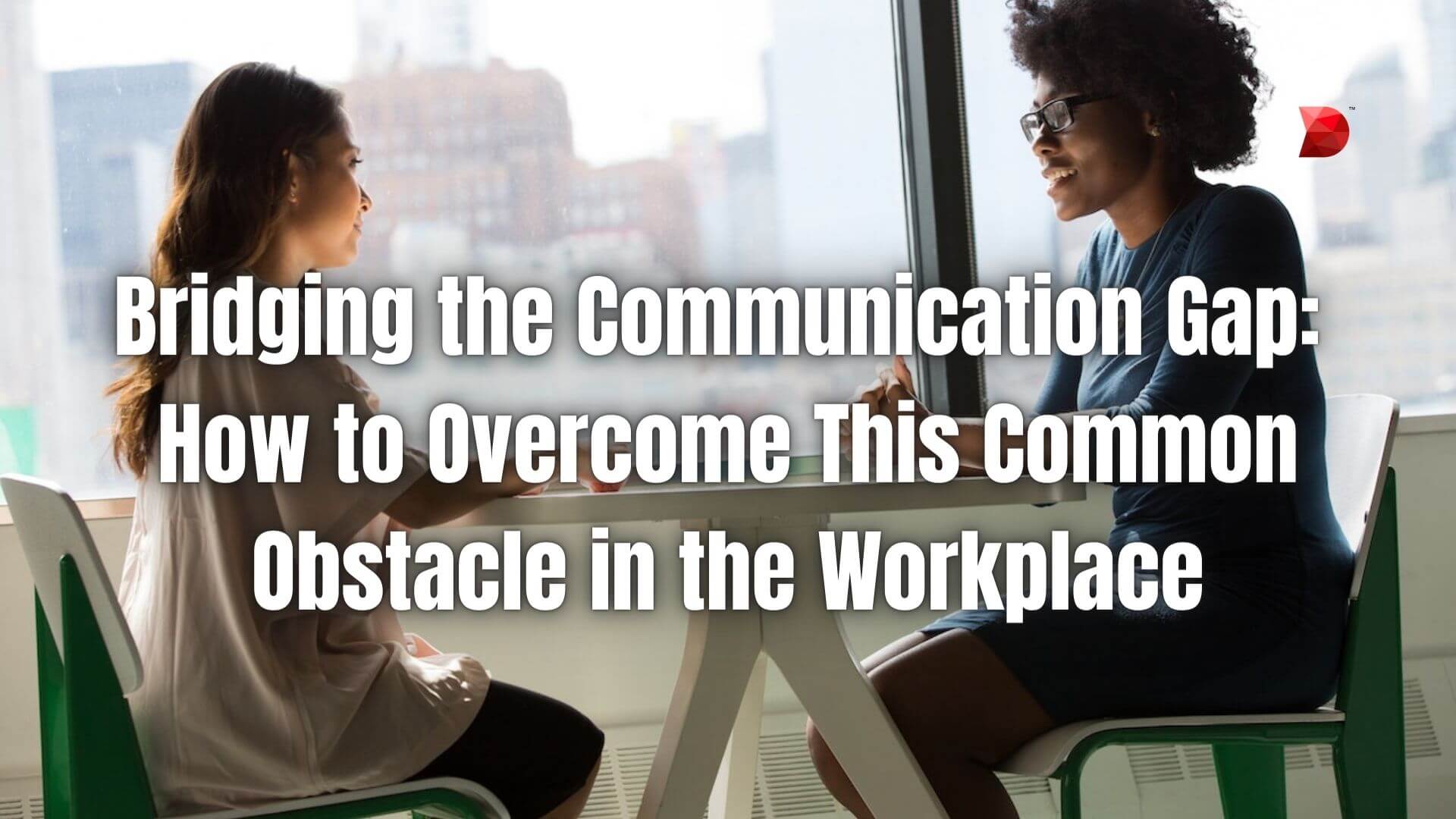
Credit: datamyte.com
Effective Strategies To Overcome Communication Gap
Learn powerful strategies to bridge the communication gap effectively and efficiently. Discover ways to enhance understanding, active listening, non-verbal cues, and feedback for improved communication outcomes. Overcome barriers and create meaningful connections in your personal and professional relationships.
Improving Listening And Understanding
One of the most effective strategies to overcome the communication gap is to focus on improving listening and understanding skills. Too often, we think about what we want to say next instead of truly listening to the other person. This can lead to misunderstandings and missed opportunities for meaningful communication.
By actively listening, you can ensure that you understand the message the speaker is trying to convey. This involves giving your full attention, maintaining eye contact, and acknowledging the speaker’s words through non-verbal cues such as nodding. Additionally, it’s important to ask clarifying questions if something is unclear to avoid any misinterpretation.
Enhancing Non-verbal Communication Skills
Non-verbal communication plays a crucial role in bridging the communication gap. Often, messages can be conveyed through gestures, facial expressions, and body language. By becoming more aware of your own non-verbal signals and carefully observing those of others, you can develop a stronger ability to understand and respond appropriately to unspoken messages.
Remember to maintain an open and relaxed posture, make appropriate gestures, and maintain good eye contact. These non-verbal cues can help convey your attentiveness, interest, and sincerity, allowing for a more effective exchange of information.
Using Clear And Concise Language
Communication can quickly break down when language becomes unclear or ambiguous. To overcome this, it is essential to use clear and concise language when speaking or writing. Avoid the use of jargon or technical terms that may not be understood by everyone.
When communicating, choose your words carefully and eliminate any unnecessary or redundant information. Be mindful of your tone, ensuring it is respectful and engaging. By using language that is easy to understand and free of unnecessary complexity, you can minimize misunderstandings and improve overall communication effectiveness.
Building Trust And Openness
Trust and openness are vital components of effective communication. Establishing a safe and supportive environment where individuals feel comfortable expressing their thoughts and feelings is essential for overcoming the communication gap.
To build trust, it is important to remain honest, reliable, and consistent. Avoid making assumptions or jumping to conclusions, instead seeking clarification and understanding. Respect differing viewpoints and engage in active and empathetic listening.
Creating an atmosphere of openness and trust allows for open dialogue and promotes better communication outcomes.
Encouraging Feedback And Constructive Criticism
Feedback and constructive criticism are invaluable tools for overcoming communication gaps. Encouraging individuals to provide honest feedback and constructive criticism can help identify areas that need improvement and allow for effective adjustments to be made.
When receiving feedback, it is important to remain open and receptive. Avoid becoming defensive and instead view feedback as an opportunity for growth and enhanced communication skills. Engage in active listening, ask clarifying questions, and seek suggestions for improvement.
By embracing feedback and constructive criticism, individuals can work together to bridge communication gaps, creating a more harmonious and productive environment.
Tools And Techniques For Bridging The Communication Gap
In today’s fast-paced and global business environment, effective communication is essential for any successful organization. However, sometimes a communication gap can hinder collaboration, lead to misunderstandings, and impact productivity. To overcome this challenge, there are several tools and techniques that can help bridge the communication gap. By utilizing technology, implementing regular check-ins and team meetings, using visual aids and presentations, practicing active listening, and establishing effective communication channels, you can enhance communication within your team or organization.
Utilizing Technology For Better Communication
Technology has revolutionized the way we communicate, making it easier than ever to connect with others regardless of geographical location. By leveraging technology tools, such as video conferencing platforms, project management software, and instant messaging apps, teams can communicate in real-time, collaborate on projects, and ensure everyone is on the same page. Such tools provide the flexibility to communicate regardless of physical distance, making it easier for remote teams to overcome the communication gap.
Implementing Regular Check-ins And Team Meetings
Regular check-ins and team meetings serve as valuable opportunities to discuss progress, clarify expectations, and address any communication gaps. By scheduling regular meetings, teams can establish a routine for open communication, provide updates on project status, and address any concerns or questions that team members may have. This ensures that everyone is aligned and has a clear understanding of their roles and responsibilities, reducing the chances of miscommunication or misunderstandings.
Using Visual Aids And Presentations
Visual aids and presentations can be powerful tools for bridging the communication gap, especially when dealing with complex or technical information. By using charts, graphs, diagrams, and slides, you can visually represent information, making it easier for team members to comprehend and retain. Visual aids provide a clear and concise way to convey ideas, ensuring that everyone is on the same page and reducing the chances of misinterpretation.
Practicing Active Listening
Active listening is a crucial skill in effective communication. When team members actively listen to one another, they show respect, attention, and understanding. This not only fosters stronger relationships and trust, but also helps bridge the communication gap by ensuring that messages are accurately received and interpreted. By actively listening, teams can avoid misunderstandings, clarify any unclear points, and address any potential communication barriers.
Establishing Effective Communication Channels
Establishing effective communication channels is vital for bridging the communication gap. This includes setting up clear channels for exchanging information within the team or organization. By using tools such as email, project management software, shared documents, and collaborative platforms, teams can streamline communication, ensure transparency, and minimize the risk of messages getting lost or overlooked.
Promoting A Culture Of Effective Communication
In today’s fast-paced and interconnected world, effective communication is a vital skill that can make or break relationships, both personal and professional. To overcome the communication gap and improve the overall communication within your team or organization, it is essential to foster a culture that promotes open, honest, and transparent communication. This article will discuss some key strategies to create such a culture.
Providing Communication Training And Workshops
Offering communication training and workshops can be a valuable investment in enhancing the communication skills of individuals within your team. These sessions can focus on various aspects of communication, including active listening, empathy, conflict resolution, and effective presentation skills. By equipping your team members with the necessary tools and techniques, you empower them to communicate more effectively.
Creating A Safe And Respectful Environment
Creating a safe and respectful environment is crucial in promoting open communication. Encourage a culture where team members feel comfortable expressing their ideas, concerns, and opinions without fear of judgment or reprisal. Foster an atmosphere of mutual respect and empathy where everyone feels valued and heard. This not only helps bridge the communication gap but also increases trust and collaboration within the team.
Encouraging Transparent And Honest Communication
Transparent and honest communication is the cornerstone of effective workplace relationships. Encourage your team to be open about their thoughts, as well as share their successes and failures. Create channels or platforms where feedback can be safely given and received, ensuring that it is constructive and growth-oriented. This kind of communication promotes better understanding, minimizes misunderstandings, and ultimately strengthens relationships.
Setting Clear Expectations And Goals
Setting clear expectations and goals helps eliminate ambiguity and confusion, thereby preventing communication gaps. Clearly define the objectives, deliverables, and deadlines for each project or task. Ensure that these expectations and goals are communicated in a straightforward and easily understandable manner. Regularly review and update them to maintain alignment and address any emerging issues promptly.
Promoting Collaboration And Team-building Activities
Promoting collaboration and team-building activities can significantly enhance communication among team members. Encourage regular brainstorming sessions, group projects, or team-building exercises that foster interaction and cooperation. These activities not only improve communication but also build trust, boost morale, and enhance overall team performance.
Overcoming Communication Gap In Specific Scenarios
Learn effective strategies and techniques to bridge the communication gap in specific scenarios. Discover practical tips on how to overcome communication barriers, foster understanding, and improve interpersonal interactions for better outcomes.
Effective communication is vital for building strong relationships and achieving success in various areas of our lives. However, communication gaps can arise in specific scenarios, hindering understanding and cooperation. In this blog post, we will explore how to overcome communication gaps in different situations, including remote teams, multicultural environments, generational differences, leadership roles, and personal relationships.
Communication Gap In Remote Teams
Remote work has become increasingly common in today’s digital landscape, but it can pose challenges when it comes to communication. Distance and lack of face-to-face interaction can lead to misunderstandings and hinder collaboration. To overcome this gap:
- Establish clear communication channels and guidelines, such as video conferences, real-time messaging apps, and regular check-ins.
- Encourage open and transparent communication, where team members feel comfortable expressing their thoughts and concerns.
- Provide opportunities for virtual team-building activities to foster camaraderie and rapport.
Addressing Multicultural Communication Gap
In a globalized world, multicultural environments are increasingly common, presenting unique communication challenges. Different cultural backgrounds, languages, and communication styles can create misunderstandings. To bridge this gap:
- Cultivate cultural awareness and sensitivity, promoting inclusivity and respect for diverse perspectives.
- Encourage active listening and seek clarification to ensure comprehension.
- Use visual aids, diagrams, or interpreters when necessary to enhance understanding.
Dealing With Generational Communication Gap
The workplace often comprises individuals from different generations, each with distinct communication preferences and expectations. These differences can lead to misunderstandings and conflict. To overcome generational communication gaps:
- Encourage knowledge sharing and mentorship between different age groups to bridge the generation gap.
- Adopt flexible communication methods that cater to various preferences, such as face-to-face meetings, emails, or instant messaging.
- Promote understanding and empathy, recognizing that different generations have different communication styles shaped by their experiences.
Managing Communication Gap In Leadership
Effective communication skills are essential for leaders to guide and inspire their teams. However, gaps in communication can impact trust and hinder productivity. To manage this gap:
- Lead by example, practicing open and transparent communication.
- Provide clear expectations and directions to avoid misunderstandings.
- Listen actively to team members, encouraging their input and feedback.
Overcoming Communication Gap In Personal Relationships
Communication gaps can also occur in personal relationships, straining connections and leading to conflict. To rebuild and strengthen relationships:
- Practice active listening and empathy, seeking to understand the other person’s perspective.
- Express thoughts and feelings clearly and honestly, avoiding assumptions or passive-aggressive behavior.
- Initiate open and non-judgmental conversations to address any underlying issues or misunderstandings.

Credit: www.researchgate.net
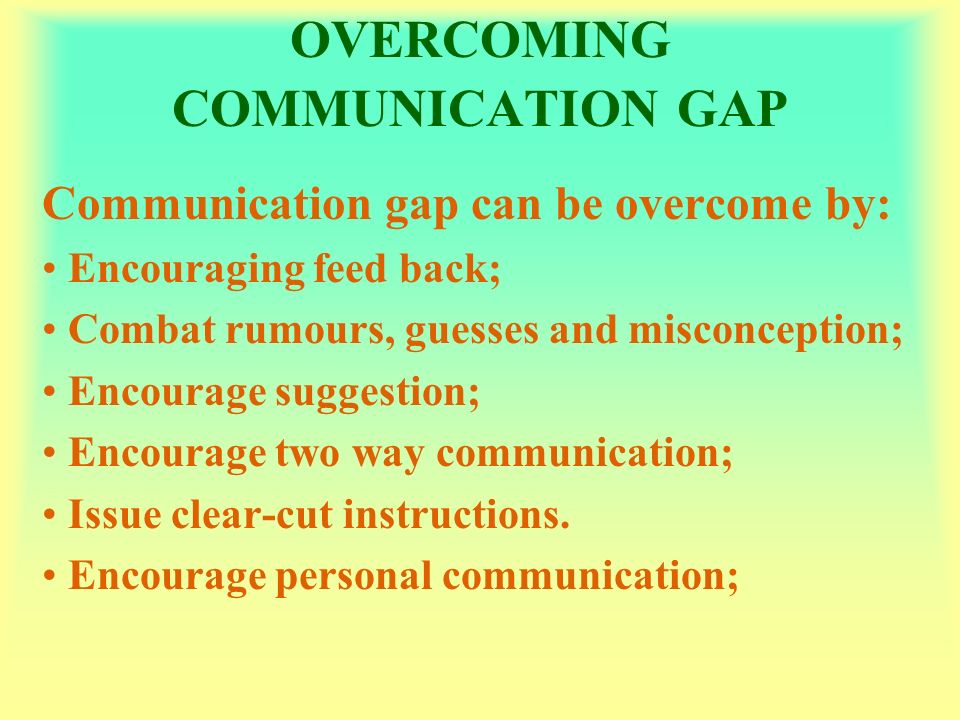
Credit: slideplayer.com
Frequently Asked Questions Of How To Overcome The Communication Gap?
How Do You Resolve Communication Gaps?
To resolve communication gaps, focus on clear and concise messaging. Use active voice, choose short sentences, and avoid lengthy explanations. Encourage open dialogue, active listening, and repeat information to ensure understanding. Emphasize non-verbal cues, such as body language, and consider using visual aids.
Foster a collaborative and supportive environment to build strong relationships.
How Do You Fill Up A Communication Gap?
To fill up a communication gap, it’s essential to actively listen and communicate clearly. Ask questions to clarify and understand each other better. Keep an open mind and be patient to overcome misunderstandings. Use non-verbal cues and concise messages to ensure effective communication.
How Do We Bridge The Gap Of Communication?
To bridge the communication gap, keep sentences short and concise. Use active voice and avoid starting sentences with certain words or phrases. Choose SEO-friendly language that is easy to understand. Remember to write in a unique and plagiarism-free manner while still sounding human-like.
How Do You Overcome Communication Struggles?
To overcome communication struggles, focus on active listening, using clear and concise language, and asking for clarification when necessary. Maintain open and honest communication, be mindful of nonverbal cues, and practice empathy. Regularly check in and provide feedback to ensure understanding.
How Can You Improve Communication Skills Within A Team?
Improving communication skills within a team can be achieved through regular team meetings, active listening, and providing feedback to ensure clarity and understanding.
Conclusion
Effective communication is key to bridging the gap between individuals. By practicing active listening, using clear and concise language, and being mindful of non-verbal cues, we can enhance our ability to connect and understand one another. Building empathy and cultural awareness also play a pivotal role in overcoming communication barriers.
Remember, good communication is a skill that can be learned and nurtured, leading to stronger relationships and personal growth. So, let’s make a conscious effort to improve our communication skills and foster meaningful connections with others.
